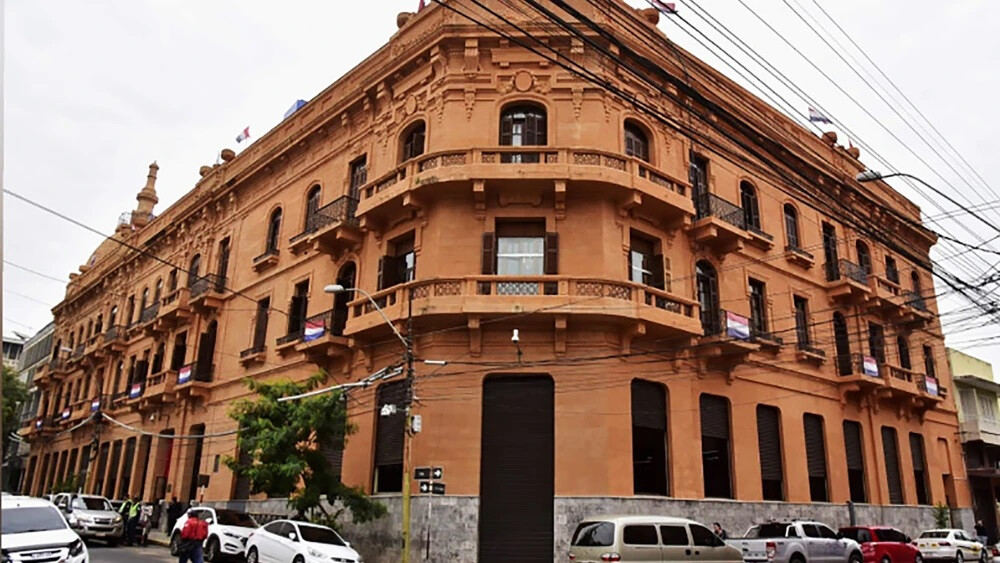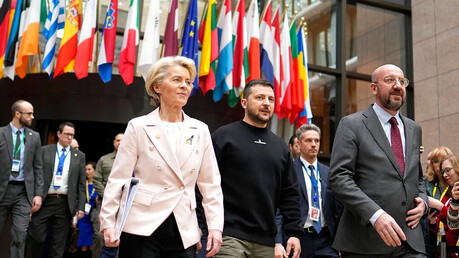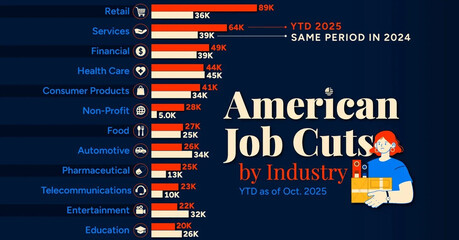
Paraguay's public sector labor cost spending is experiencing an uncontrollable increase, placing a significant burden on the nation's finances. According to the latest report released by the Ministry of Economy and Finance (MEF), a total of 14.8 trillion guaraníes (approximately 2.0298 billion USD) was spent on labor costs, including public employee salaries and bonuses, from January to August 2025. This represents a 7.4% increase compared to the same period last year, raising concerns that the country's fiscal health is at risk.
This expenditure significantly surpasses the 13.8 trillion guaraníes spent in the previous year. A detailed breakdown shows that basic salaries accounted for the largest share at 10.4 trillion guaraníes (approximately 1.4296 billion USD), while other allowances and personal services costs were 2 trillion and 2.3 trillion guaraníes, respectively. This clearly demonstrates that salary-related items are the main cause of the pressure on Paraguay's national finances.
The MEF explained that 80% of the total labor cost spending was concentrated in 'strategic sectors.' Specifically, the education sector accounted for the highest proportion at 36%, followed by the police and military at 24%, and the health sector at 20%. In contrast, the judiciary accounted for 10%, the legislature 2%, the rest of the executive branch 7%, and other institutions a mere 1%.
The problem is that this upward trend in labor costs is expected to continue next year. The 2026 national budget includes a plan to add over 11,000 new public employees. If this plan is implemented, the number of public employees will increase by 3.3% from 334,541 in 2025 to 345,646. Experts warn that this increase in workforce will further strain labor cost spending, exacerbating the rigidity of the nation's finances.
Meanwhile, despite tax revenue increasing by 9.9% during the same period, the fiscal deficit issue remains unresolved. The cumulative fiscal deficit through August amounted to 2.9 trillion guaraníes (approximately 388 million USD), which is 0.8% of the Gross Domestic Product (GDP). On an annualized basis, this level would reach 2.5% of the GDP. The MEF has set a target of reducing the fiscal deficit to 1.9% by the end of the year, but the continuous increase in labor costs threatens the achievement of this goal.
While the Paraguayan government claims to be covering expenditures with increased tax revenues, the 'rigidity' of the budget structure is bound to worsen in a situation where fixed costs like labor expenses are rising. For the sustainable growth of the national economy, it is time to meticulously manage labor cost spending and seek more flexible and efficient budget management measures.
[Copyright (c) Global Economic Times. All Rights Reserved.]




























